FROM DEVELOPMENT TO PRODUCTION :
CABAÏA IS COMMITTED TO QUALITY!
From backpacks, hats and socks to suitcases and beach towels, Cabaïa offers a wide range of practical and ingenious accessories. But did we ever mention our commitment to quality?
At Cabaïa, quality is an essential part of the product creation cycle. From the development of materials to post-production quality tests, inspections and certifications, we do everything we can to ensure that the quality of the final product is second to none.
We explain everything in this article!
Research & Development: tested and approved materials 🧪
One of the first steps after designing the desired product is to choose the material for it - this is called "sourcing". To do this, our teams set out to find the ideal material that will meet the product's criteria: waterproofness, resistance, softness or all of these at once!
Once the materials have been chosen, they move on to the next stage: quality testing. Several tests are carried out prior to production, following precise specifications, to check certain characteristics of the material before it is processed. Here are a few examples: for the bags, for example, we test the resistance of the textiles, the resistance of the colours of the materials to rubbing (photo opposite) and to water, to ensure that the colours remain vivid for as long as possible 😉
We also test the resistance of materials to perforation using the machine opposite. The material is placed in the centre of the machine and the point at which the tip pierces the material is noted. This point is then used to give a grade to the material, allowing us to move on to the next stage or not, depending on its resistance 💪
Production: competing for quality 🌴
Following the choice of material and other intermediate stages, production can begin in our factories.
But this is just the beginning of the Cabaïa quality journey!
Welcome to the quality competition! 💪🏼
During production, our team will take samples of the products to put them through various tests.
Let's focus on the Cabaïa backpacks:
First challenge: breaking strength of assemblies
(or how to prevent seams from cracking)
For us poor mortals, breaking strength means testing the quality of the seams between two pieces of fabric. The test involves stretching the two pieces of fabric until the seam breaks. The moment of breakage is used to determine the strength of the seam and therefore its quality 😉 !
Second test: breaking strength of the straps
(or how to ensure that the straps don't tear)
The second test is quite similar, but focuses on the straps of the backpack, with a breaking strength test. The straps are tested until they break, as in the previous test. The score obtained is compared with current French or European standards.
Third stage: handle pull-out resistance
(or how to make the handle resist Christophe's force)
The third test focuses on one of the main assets of our backpacks, as it involves testing the handle, using the Adventurer or our brand new cabin case as examples. The aim of the test is to check the strength of the handle and to determine, by pulling on it, the force required to tear it off 💪🏼
Final test: textile tear resistance
(or how to make Timothy's bag withstand 8 books of 5 folders)
The final test consists of testing the textile that essentially makes up the accessory, whatever the material. The test consists of stretching a strip of fabric (without sewing) to determine how long it takes to tear, in order to test its strength (see photo opposite).
The strength of the bottom of the bags is also put to the test, given their vital importance in a rucksack. In particular, they are subjected to an abrasion test, which involves placing a sample of material under an abrasive with a load that will perform a set number of cycles. At the end of the number of cycles (the same for all fabrics), we can see whether or not there has been abrasion and give the fabric a grade.
Specific tests for certain accessories:
Specific tests are also carried out on specific items such as socks, hats and gloves. These include tests for size and colour stability after washing machine cycles, abrasion and pilling (they've got three words for this phenomenon: pilling, flecking and ruffling! No kidding!).
Post-production: quality inspectors reporting for duty! 🫡
To test the quality of accessories leaving the factory, we also receive inspections.
Does this word remind you of school inspectors? It's a bit the same thing!
An independent company will collect a representative sample of our accessories to test their quality.
Yes, the term "representative sample" is spooky and brings back memories of probabilities we'd like to forget, but in our case, we promise, it's useful!
So, out of 5000 quantities of our Creamy Gin hat, 500 will be tested by the inspectors.
From product quality to packaging conformity and performance:
First of all, they will analyse the quality of the products, i.e. visible defects such as small threads, tears or defects in the weave: a coloured stitch that should not appear, for example. They also check that the colours used match those shown on the product sheet.
Next, they pay particular attention to the conformity of the product's packaging and labels: they check that the materials used are those used in the accessory and that the label complies with current standards.
Finally, the last stage of the inspection consists of performance and safety tests: the inspectors carry out various tests to ensure that the products are used correctly: they test the resistance of the seams, the durability of the colours using a rub test, the adhesion of the logos, and the weight of the accessory.
Quality also means labels ✅!
As part of our drive to offer you a high-quality customer experience, we are committed to offering the highest quality accessories possible, using practical materials first and foremost.
However, we are also gradually moving towards certified materials to diversify our range.
Here are a few examples of the different labels we have been able to apply to certain products:
- OEKO TEX certification: allows us to control the quality of fabrics and ensure that they are not harmful to the health of their consumers, like all our hats for example.
- GRS (Global Recycled Standard) certification: this label certifies a product's recycled content (recycled and recyclable material from products already in use, such as plastic bottles) and also checks compliance with environmental and social criteria.
- GOTS (Global Organic Textile Standard) certified organic cotton: this is a label that certifies that it respects the environment, has been processed under dignified working conditions and does not harm the health of its wearers.
- Woolmark-certified wool: here, the certification guarantees 100% virgin wool exclusively from the shearing of healthy, living animals. This label is one of the most demanding in the world (particularly when it comes to protecting sheep).
At Cabaïa, we're constantly striving to improve so that the quality of our accessories satisfies our customers as much as it does us! 🤗
A super cool collaboration idea?
Send us your wildest suggestions to courrier@cabaia.fr 💌 we'll see what we can do ;)













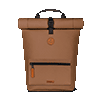














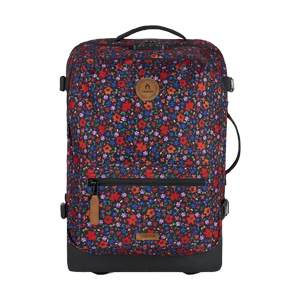




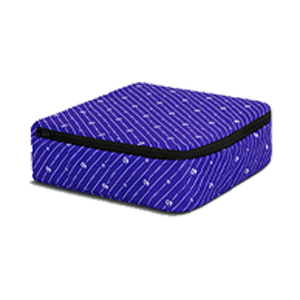




































 Little details
Little details
 Beautiful gifts
Beautiful gifts
 Exceptional gifts
Exceptional gifts
 Starter
Starter
 Side pockets
Side pockets
 Raincovers
Raincovers
 School bags flaps
School bags flaps
 Travel bags
Travel bags
 Soft Suitcase
Soft Suitcase
 The Sea Cleaners
The Sea Cleaners



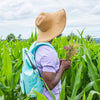



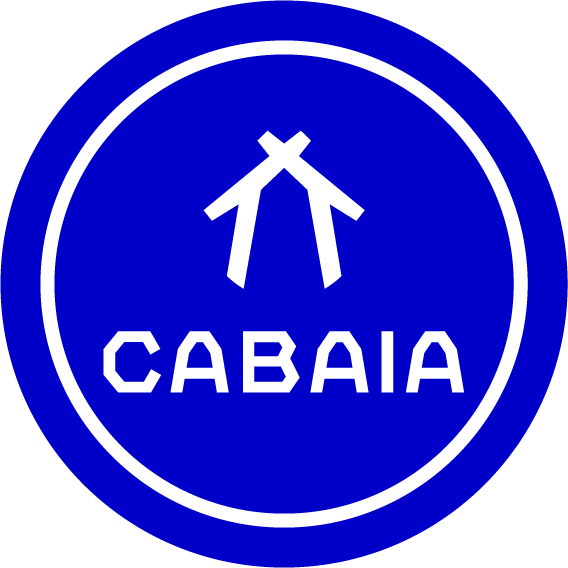





 Discover
Discover
